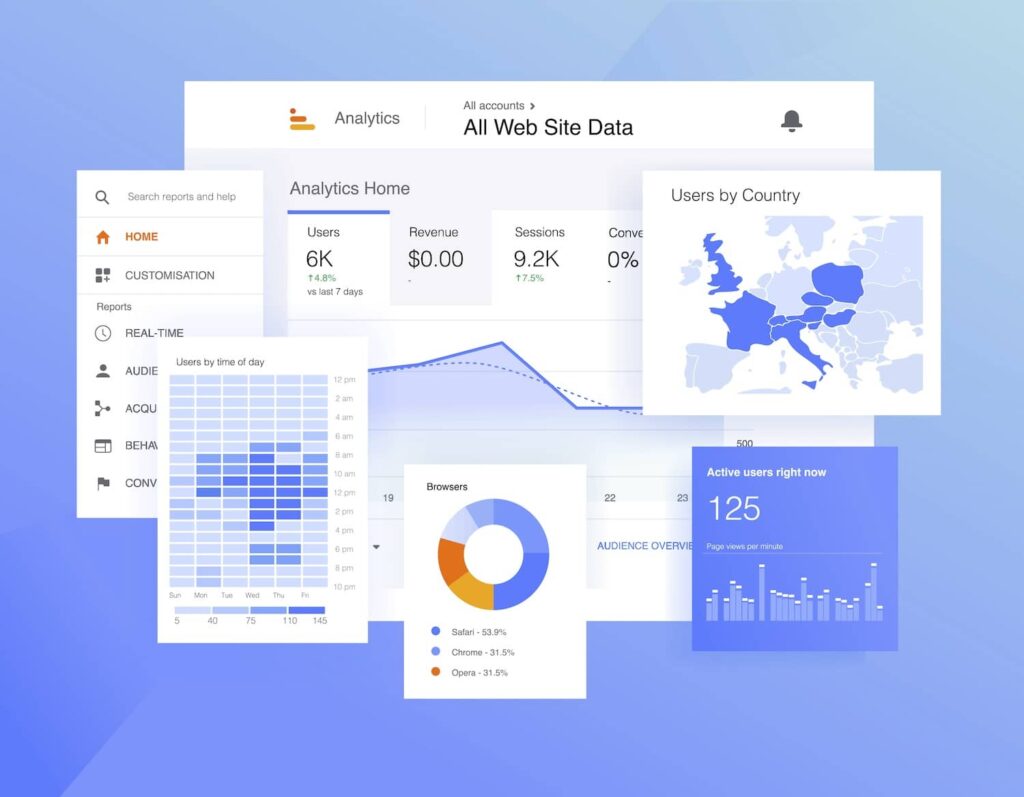Revealing the Effect of Additional Dimension in Google Analytics on Data Evaluation and Insights
In the world of data analytics, the utilization of secondary measurements within Google Analytics has actually become a pivotal tool for drawing out deeper insights and unraveling facility patterns that may otherwise continue to be obscured. By peeling off back the layers of primary data collections, secondary measurements provide a nuanced perspective that improves the understanding of customer actions, web site performance, and the effectiveness of marketing methods. The true effect and untapped possibility of secondary measurements are often taken too lightly, overshadowed by the appeal of primary metrics. As we browse with the elaborate landscape of data analysis, the significance of secondary measurements comes to be significantly obvious, clarifying essential details that hold the secret to educated decision-making and tactical optimizations.
Exploring the Principle of Second Measurements
Second dimensions in Google Analytics give additional understandings by permitting users to assess primary data in combination with a secondary quality. By incorporating second measurements, users can delve much deeper into the information and uncover useful correlations that may or else go undetected - what is a secondary dimension in google analytics.
Comprehending the principle of secondary dimensions is essential for making the most of the possibility of Google Analytics. It permits users to section data effectively, determine patterns, and make educated choices based on an extra full photo of their analytics information. By discovering the various additional measurements available in Google Analytics, customers can open new understandings and enhance their digital advertising and marketing efforts. Basically, second measurements act as an effective device for enhancing data evaluation and driving workable outcomes.
Enhancing Data Analysis With Secondary Measurements
Having established the fundamental understanding of second measurements in Google Analytics and their pivotal function in data evaluation, the focus now changes towards leveraging these secondary credit to boost the analysis of analytics data (what is a secondary dimension in google analytics). By including secondary measurements into data evaluation, analysts can gain deeper understandings right into individual behavior, site efficiency, and marketing efficiency

Furthermore, additional dimensions help in contextualizing main data metrics by offering additional layers of details. This contextualization aids in comprehending the 'why' behind the data fads, assisting experts make educated optimizations and choices to improve total performance. Ultimately, including secondary measurements enhances the information interpretation procedure, causing more tactical actions and significant understandings.
Discovering Hidden Insights Via Additional Measurements
Checking out the midsts of analytics data with second dimensions exposes valuable insights that would certainly otherwise stay covered. By incorporating additional measurements in Google Analytics, companies can uncover covert patterns, fads, and connections that give a more thorough understanding of user actions and site efficiency. These extra layers of information enable experts to delve deeper into the primary dimensions, such as web traffic resources or touchdown pages, and acquire an extra nuanced viewpoint on how different variables connect with each blog other.
Via the usage of second measurements, experts can segment and compare data across various dimensions, enabling them to recognize particular variables that influence customer involvement, conversion prices, and general success metrics. By matching the key measurement of 'device category' with the second dimension of 'age team,' online marketers can pinpoint which age demographics like accessing the site via mobile gadgets versus desktops.
Leveraging Second Dimensions for Actionable Analytics
Structure upon the insights introduced through second dimensions in Google Analytics, businesses can currently harness this enriched information landscape to drive actionable analytics and strategic decision-making. By leveraging second measurements, organizations can dive much deeper right into their information to remove valuable patterns, fads, and connections that may have formerly gone undetected. This deeper degree of analysis makes it possible for organizations to get a much more detailed understanding of user behavior, project performance, and total web site performance.
One secret benefit of utilizing additional measurements for actionable analytics is the capability to sector data based on certain requirements. This division allows companies to customize their techniques and projects to different target market teams, resulting in a lot more targeted and reliable advertising efforts - what is a secondary dimension in google analytics. In addition, secondary dimensions give a more all natural sight of user interactions, enabling businesses to optimize their web site web content, layout, and total customer experience
Making Best Use Of Decision-Making With Secondary Dimensions
To enhance tactical decision-making in analytics, leveraging additional dimensions in Google Analytics can supply a much more nuanced point of view on individual habits and campaign efficiency. By integrating additional dimensions into information evaluation, services can dive much deeper right into the specifics of their site site visitors' communications and engagement patterns. This extra layer of details enables for a much more thorough understanding of just how various variables, such as demographics, gadgets, or web traffic sources, impact key performance indicators.

Verdict
Finally, using second measurements in Google Analytics plays a vital role in improving data analysis and revealing concealed understandings. By exploring this principle, one can gain a much deeper understanding of customer habits and make educated decisions based upon workable analytics. Leveraging additional measurements enables a much more thorough interpretation of information and makes best use of the efficiency of decision-making procedures.
